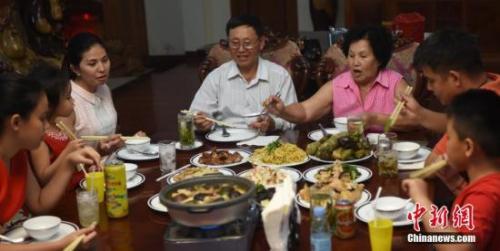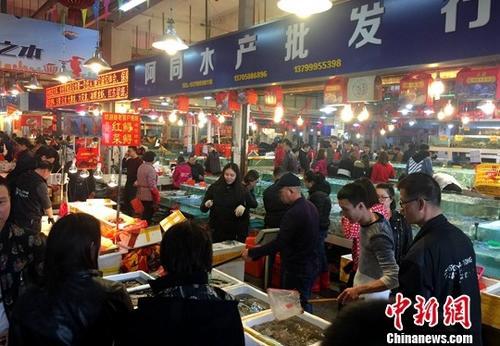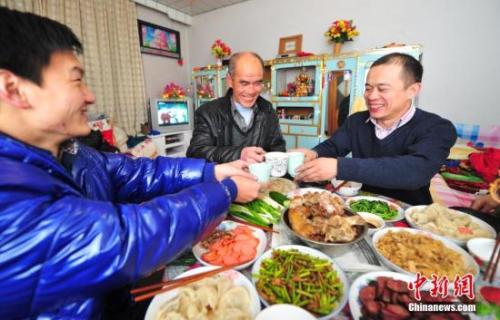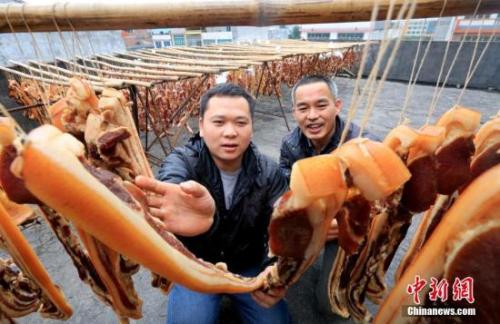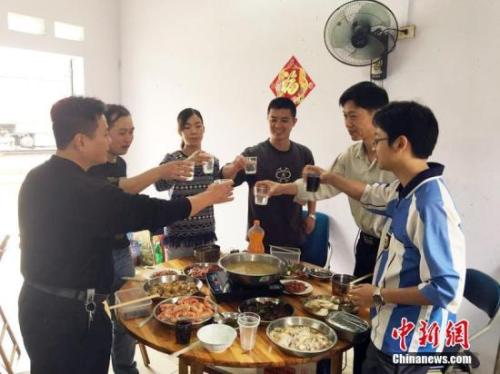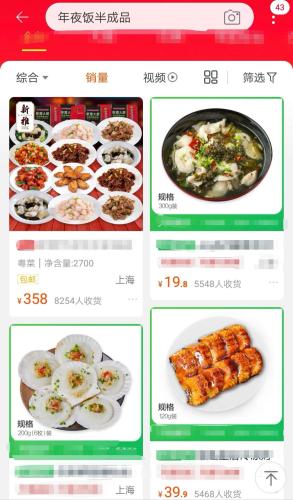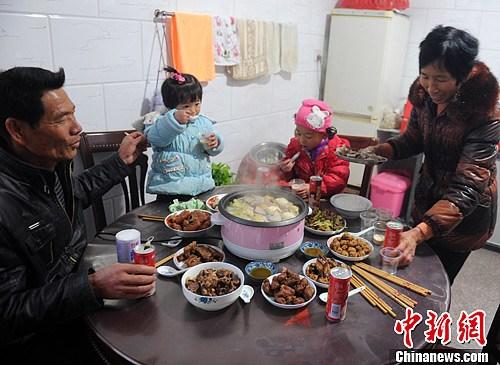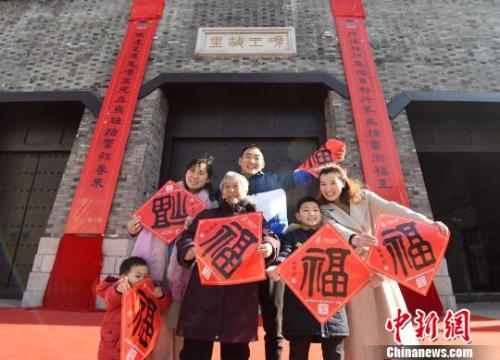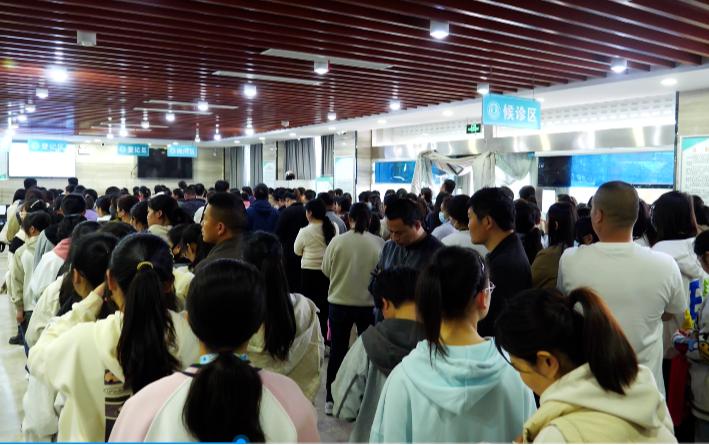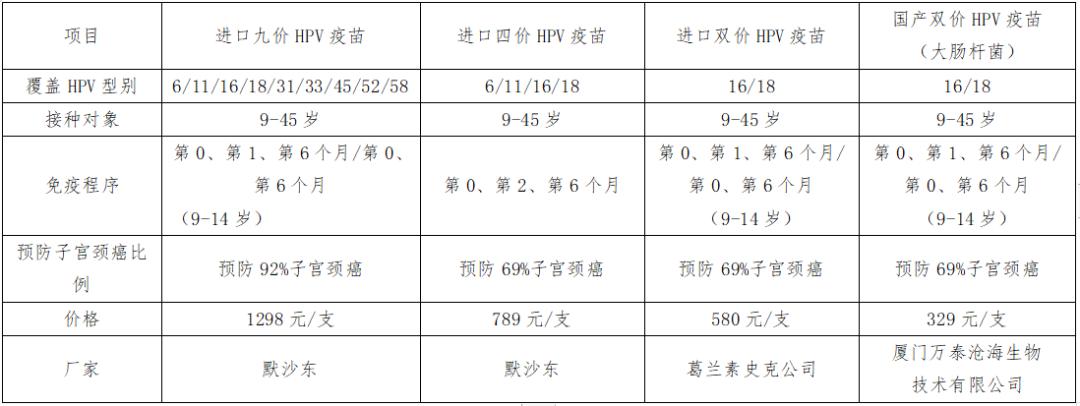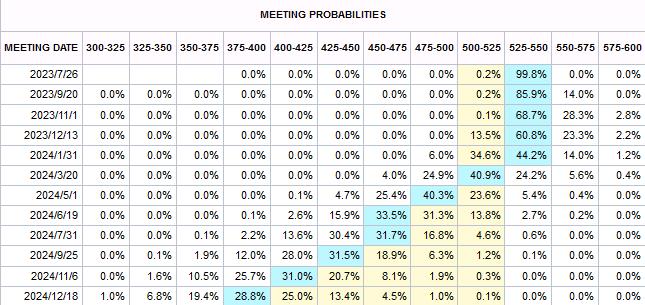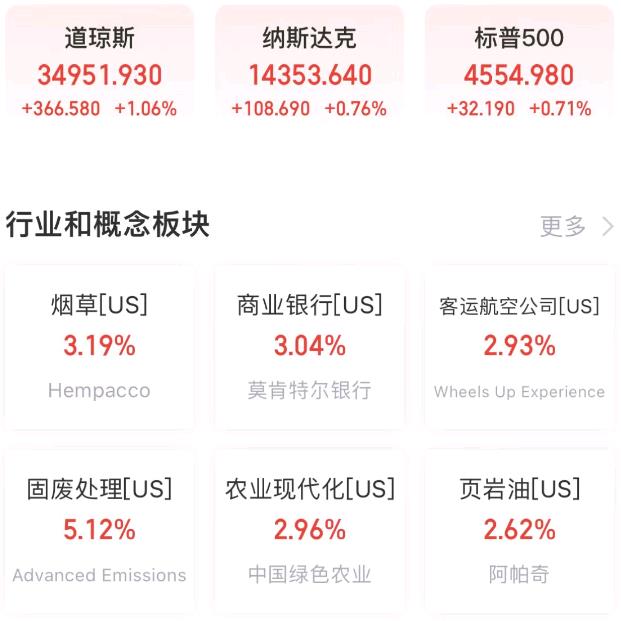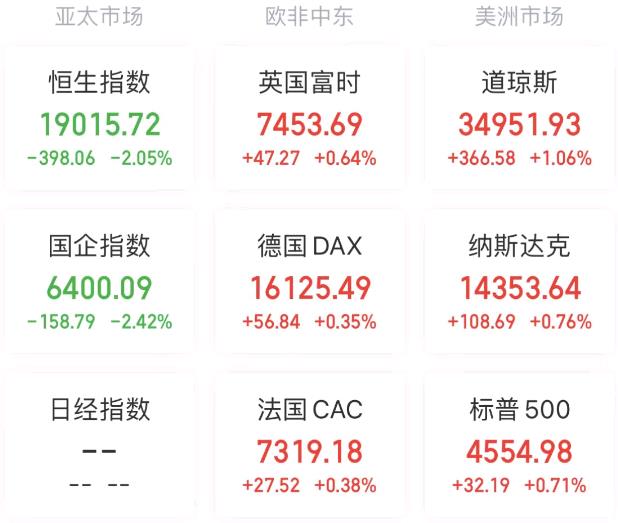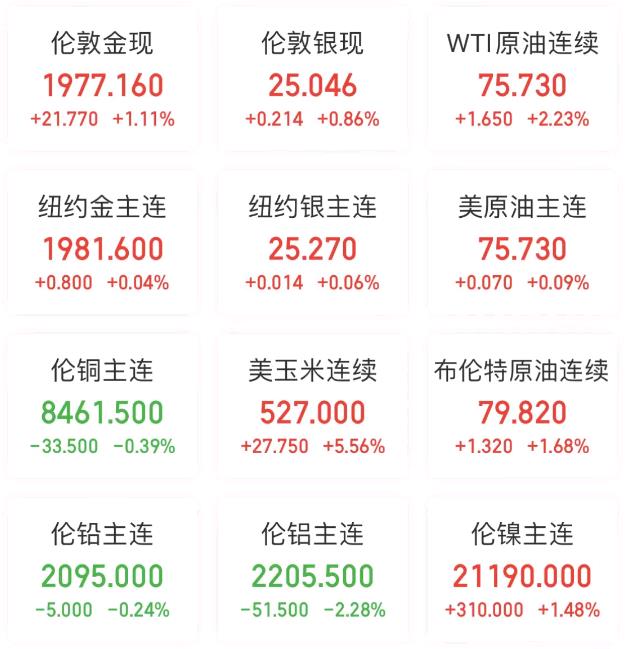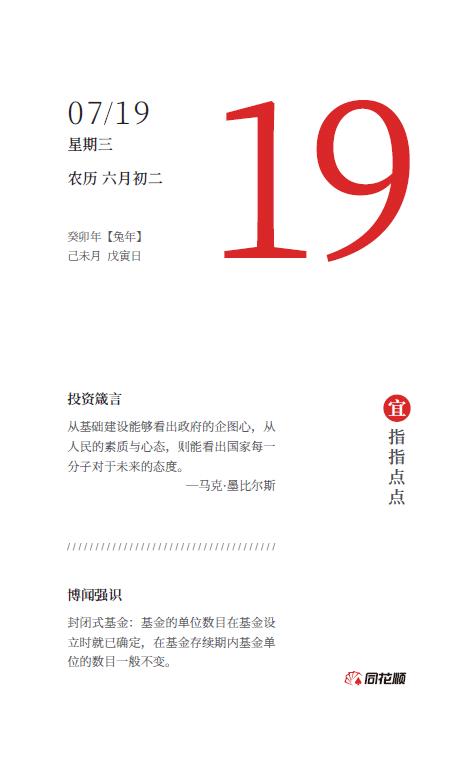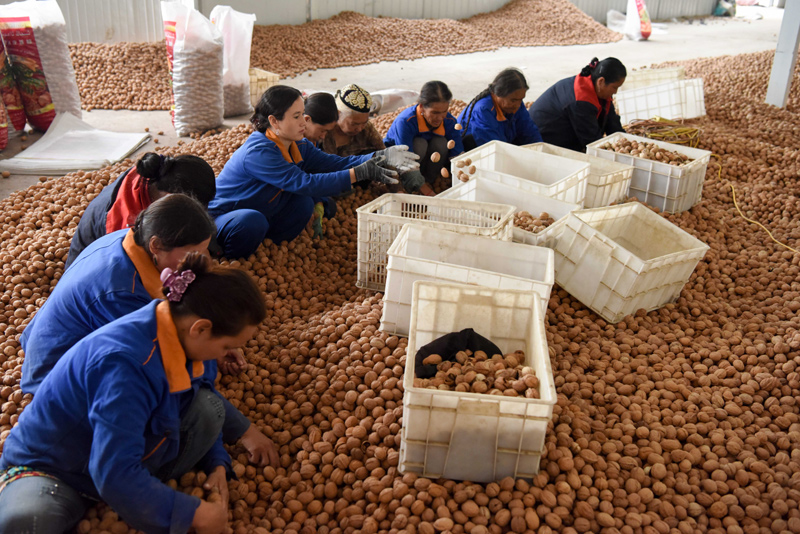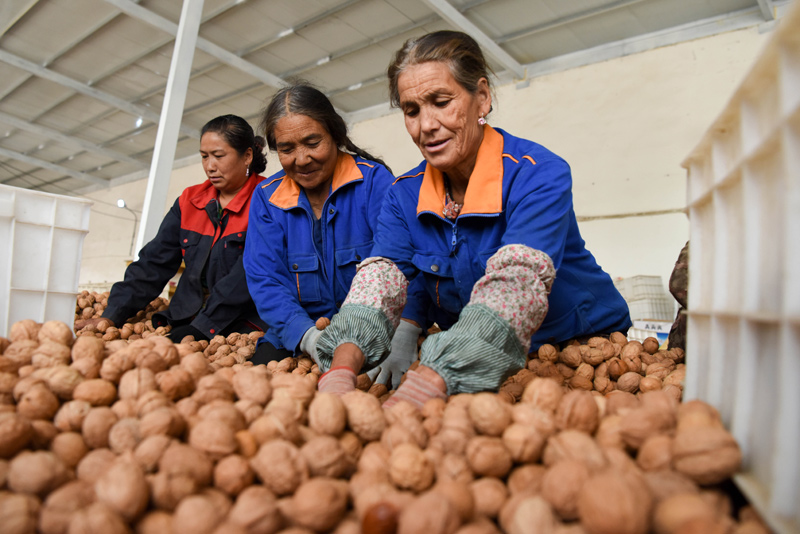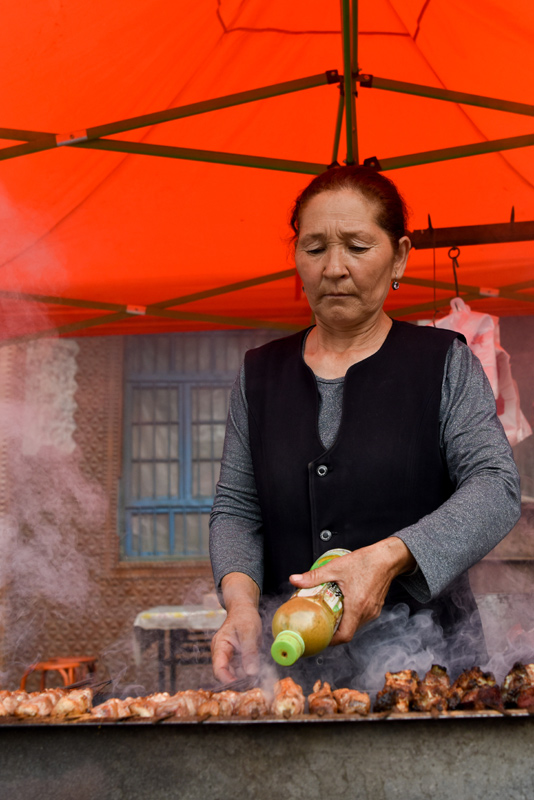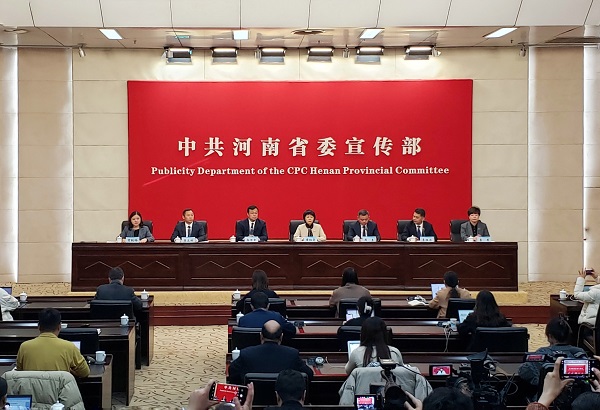How to measure the price level and the current price level in our city
I. Meaning of price level?
The price level of a society is determined by the average price of the whole society, not the price of a certain item or a certain category of goods. It is a very important indicator to measure the market consumption capacity and analyze its economic situation. At the same time, it also represents the middle value of the common labor income of material producers in the whole society, so the price level is not determined by individuals or individual groups, but by the labor productivity of the whole society. ????
Two, the price level measurement index and legal accounting institutions
The most commonly used Consumer Price Index (CPI) in the international community, also known as consumer price index (CPI), is used as an indicator to measure the price level. The National Bureau of Statistics mainly investigates the consumer prices of residents, which are divided into eight categories: food, alcohol, tobacco, clothing, housing, daily necessities and services, transportation and communication, education, culture and entertainment, medical care, and prices of other goods and services. The National Bureau of Statistics announces the CPI increase level last month every month, which is the change of price level. The consumer price index (CPI) of our city is legally counted by the Qinzhou investigation team of the National Bureau of Statistics. ????
Third, the significance of price level accounting?
Measuring the price level of a region mainly depends on the change of CPI. CPI is an important economic indicator reflecting the changes in the price level of consumer goods and services related to residents’ lives, and it is also an important indicator of macroeconomic analysis and decision-making and national economic accounting. Generally speaking, the level of CPI directly affects the introduction and strength of the country’s macroeconomic regulation and control measures, and is the direction standard of market price regulation. ????
Four, the basic situation of the current price level in our city and the comparison with other places.?
(一)、我市物价水平基本情况。据国家统计局钦州调查队调查统计,?1—5月份,各月CPI同比涨幅分别为0.7%、1.8%、1.4%、2.1%、2.0%?;1-5月(CPI)同比累计上涨1.6%。统计数据显示,我市物价水平处于温和上涨区间,比年初市政府制定的3%以内控制目标低1.4个百分点,居民消费价格指数涨幅处在可控范围之内。????
(二)、我市物价水平与各地对比。我市1-5月(CPI)同比累计上涨1.6%。①与全国平均水平及北上广三个城市平均水平相比。比全国平均水平2.1 %低0.5个百分点;比北京市平均水平1.3%高0.3个百分点,比上海市平均水平3.1%低1.5个百分点,比广州市平均水平2.8%低1.2个百分点;②与广西壮族自治区平均水平及毗邻地区相比。比广西壮族自治区平均水平2.2 %低0.6个百分点,比毗邻地区的南宁市1.9%低0.3个百分点,比北海市的1.7%低0.1个百分点,比防城港市的1.0%高0.6个百分点,在广西壮族自治区14个设区市中,我市CPI同比涨幅排名第九位居中下水平。由此可见,我市的物价处于中等水平。????
5. Why do residents in our city feel that prices are higher at present????
1. The price of food has increased significantly, which is deeply felt by residents. ????
From the eight categories of prices that constitute the consumer price index (CPI), from January to May, the eight categories of prices showed a trend of "five rises and three falls", and the prices of food, tobacco, alcohol, clothing, daily necessities and services, education, culture, entertainment and medical care increased by 5.5%, 2.4%, 1.3%, 2.5% and 0.7% respectively. Obviously, food prices are leading the way. The daily necessities that residents contact most are food, especially during the strong cold weather attack and the Spring Festival at the beginning of this year, the prices of pork and vegetables climbed to a record high, and the prices in residents’ "food baskets" felt heavy, which also affected consumers’ psychology. ????
At present, the price of food, which mainly drives the increase of CPI, is affected by the government’s macro-control, and the increase of pork price will gradually narrow and is expected to stabilize; After the Spring Festival, with the warmer weather, the climate is relatively stable, seasonal fresh vegetables are on the market, the market supply is gradually increasing, and the price of vegetables has dropped significantly compared with the previous period. Since mid-March, the vegetable market price has started to show a downward trend. At present, the local leafy vegetables prices are between 2-3 yuan/500g, and the price has dropped by 10% compared with the previous period.
2. The public has a vague concept of price level. People have a misunderstanding. When they see the price of a certain commodity is high, they say that the price level is high, and they don’t understand or understand the meaning of the price level enough. For example, the price of pig’s foot powder, which belongs to the market-adjusted price, was 7-8 yuan per bowl in the previous two years. Now, due to the rising labor costs and raw material prices, the price of pig’s foot powder has increased to 9 yuan, and some consumers only see the price increase of pig’s foot powder, which is a fuzzy measure of the high market price level. For example, in the past two years, the prices of household appliances, mobile phones, daily industrial products, industrial means of production and real estate in the market have all fallen to varying degrees, which has played a pulling role in the price level and some consumers have ignored it. This is a manifestation of the vague understanding of the concept of price level. ????
6. Why do you feel that the prices in small cities are higher than those in big cities???
1. From the consumption level. Everyone’s income level is different, and their tolerance for prices is also different. High-income groups such as big enterprises, big groups, big finance, big consortia, central enterprises and state-owned enterprises are concentrated in big cities, while the industrial capacity of small cities is not strong, and high-income groups are mainly civil servants and state-owned enterprises and institutions, which also causes residents to feel different about price changes. For example, the price of a bowl of beef powder was originally sold in 8 yuan, but later it was sold to 10 yuan because of the rising labor costs and raw material prices. The consumer groups in big cities are not very strong, but they feel differently in small cities. ??
2. From the point of view of competition. Big cities have a large population, a large flow of people and a large consumption of goods. Full market competition will improve efficiency and lower prices. For example, if you sell beef powder, you can sell 500 Jin a day in a big city, but you may only sell 50 Jin in a small city. Selling 500 Jin to earn one yuan will be very impressive. Because of market competition, it will not be a big loss to make another Jin to earn 0.9 yuan. If a small city sells 50 kilograms, it is estimated that it can still make a living if it earns one yuan per kilogram. If it makes a profit again, it is estimated that it is difficult to make a living in 0.9 yuan. In addition, small cities generally have so-called "general agents" and other agents, and the formed commodity prices may not necessarily reflect the fully competitive market prices. ????
3. From the perspective of supply. In big cities, industries, manufacturing, commodities and services are relatively developed, and the supply is relatively sufficient, while in small cities, there is a structural shortage. For example, basic consumer goods, oil, salt, sauce and vinegar may not be much more expensive in small cities than in big cities. Because the local property or production area is close and the labor cost is low, it may be cheaper. In big cities, there are many brands and wide choices, and the competition between manufacturers and merchants is fierce, which may lead to the price of some necessities being lower than that in small cities.
4. From the perspective of logistics cost. The demand for goods in big cities is large, the logistics cost is relatively low, and the price will naturally be low. The logistics cost from big cities to small cities will be attached to the selling price of goods, and the price in small cities will naturally be higher. ??
The above reasons will lead to lower prices in big cities than in small cities, and the feeling that prices in small cities are higher than in big cities will arise. ????
Seven, the price department to regulate and supervise the market price measures.
With the development of market economy, the scope of government pricing has gradually decreased. Except for a few commodities, more than 95% of commodity prices are mainly formed by market mechanism. So does the price department need not care about the market price? That’s not true. The following are the main measures taken by the price authorities to regulate and supervise the price level:
1. Implement the duties entrusted to us by the Price Law. According to the fourth chapter of "Price Law", "Regulation of General Price Level" clearly stipulates. ????
Article 26 Stabilizing the overall market price level is an important macroeconomic policy goal of the state. According to the needs of national economic development and social affordability, the state determines the goal of regulating the overall market price level, which is included in the national economic and social development plan, and comprehensively applies policies and measures in the fields of currency, finance, investment, import and export to achieve it. ????
Article 27 The government may establish an important commodity reserve system, set up a price adjustment fund, regulate prices and stabilize the market. ????
Twenty-eighth in order to meet the needs of price regulation and management, the government price department should establish a price monitoring system to monitor the changes in the prices of important commodities and services. ????
Article 29 When the market purchase price of grain and other important agricultural products is too low, the government can implement protective prices in the purchase and take corresponding economic measures to ensure their realization. ????
Article 30 When the prices of important commodities and services have risen significantly or are likely to rise significantly, the people’s governments of the State Council and provinces, autonomous regions and municipalities directly under the Central Government may take intervention measures such as limiting the price difference rate or profit rate, setting price limits, implementing a price increase declaration system and a price adjustment filing system.
The people’s governments of provinces, autonomous regions and municipalities directly under the Central Government shall report to the State Council for the record if they take the intervention measures specified in the preceding paragraph. ????
Article 31 When the general market price level is in an abnormal state such as violent fluctuation, the State Council may take emergency measures such as temporarily centralizing pricing authority or partially or completely freezing prices nationwide or in some regions. ????
Article 32 After the circumstances of implementing intervention measures and emergency measures in accordance with the provisions of Articles 30 and 31 of this Law are eliminated, the intervention measures and emergency measures shall be lifted in time. ????
2 actively implement the regulatory objectives set by the Standing Committee of the Municipal People’s Congress. On February 27th, 2016, the third meeting of the Presidium of the Seventh Session of the Fourth People’s Congress of Qinzhou adopted the Report of the Financial and Economic Committee of the Fourth People’s Congress of Qinzhou on the Review Results of the Implementation of the National Economic and Social Development Plan in 2015 and the Draft National Economic and Social Development Plan in 2016, which made it clear that the increase of the overall consumer price level in Qinzhou in 2016 should be controlled within 3%. That is to say, if the price level in our city is higher than 3%, intervention measures shall be taken in accordance with the provisions of the Price Law. ????
3. Start the emergency plan for the sale of affordable goods. According to Article 13 of the Measures for the Administration of Fair-price Stores of Agricultural and Sideline Products in Guangxi Zhuang Autonomous Region: In any of the following circumstances, the competent price department shall negotiate with the operators and put forward a plan for the sale of fair-price goods in conjunction with the financial department, which will be implemented after being approved by the people’s government at the same level: (1) The monthly year-on-year increase in the overall consumer price level reaches or exceeds the government’s annual price control target; (two) in each district and city as a unit, based on the monthly increase of CPI, when the year-on-year increase of CPI in each district and city reaches or exceeds 3% for three consecutive months; (3) The month-on-month increase in food prices exceeded 15%; (4) Pork prices rose by more than 10% month-on-month or accumulated by more than 15% for two consecutive months; (five) the price of vegetables increased by more than 20% year-on-year; (six) according to the market situation to determine other circumstances that may cause abnormal price fluctuations.
4. Strengthen market price supervision, and seriously investigate and deal with price violations such as price gouging, price collusion and hoarding. If there is a phenomenon of "high-priced shrimp and high-priced fish", it will not be tolerated and severely investigated. ????

